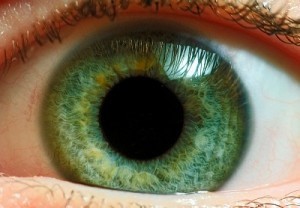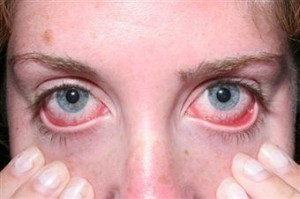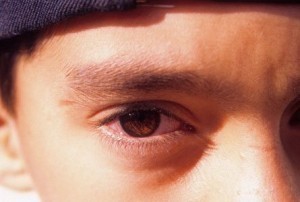Eye Disease Symptoms
The eye is vulnerable to different kinds of diseases, especially when not receiving proper care and medications. However, there are also other possible causes such as degeneration and injury. Common eye disease symptoms include inflammation, red eye and eye pain, all of which can lead to the irritation and discomfort to patients. To help determine the real causes of these serious health problems, it is good to known the different eye disease symptoms, diagnosis and treatments.
Signs of Eye Disease
Eye diseases are characterized by different kinds of minor and major symptoms. One of the early signs is eye pain, which may indicate the presence of diseases like acute glaucoma, conjunctivitis and post-herpetic neuralgia. For those suffering from cloudy vision, the possible causes of this symptom are vitamin A-deficiency, eye tumor and cataracts. Furthermore, it can also be caused by eye infections such as parasite infection, syphilis and gonorrhea.
Another symptom of eye disease is the twitching of the eyes, which may indicate chronic problems like multiple sclerosis, vestibulitis and nystagmus. When patients experience eye twitching, it is very much possible for them to have congenital blindness, brain tumor and albinism. Water eyes can also indicate the presence of eye diseases. The most common eye problems associated with this symptom are blocked tear duct, eye infection and sinusitis. Conjunctivitis, retinal disorders and cataracts can also lead to these different minor and major signs.
Eye Disease Diagnosis
When suffering from eye disease, patients must undergo different types of diagnostic tests in order to determine the real cause of the problem. Physical examinations are very much needed, especially for explaining the different symptoms. To detect the presence of corneal ulceration, doctors usually ask their patients to undergo fluorescein staining. Meanwhile, they may recommend ophthalmic examination to determine other possible problems like retinal artery occlusion, retrobulbar neuritis and optic neuritis. Other possible tests include tonometry, which is for measuring ocular tension, and slit lamp examination.
Eye Disease Treatment
In case of keratitis, patients can use pupil-dilating eye drops. It is also possible to use non-steroidal anti-inflammatory drugs. Prednisone, famciclovir and erythromycin are amongst the common options of patients. They can also take other medications such as scopolamine, cycloplegia as well as bacitracin. Transplant and surgery can help patients with corneal diseases.
In case of acute glaucoma, patients can take cholinergic drugs, acetazolamide and carbonic anhydrase inhibitors. Furthermore, it is also possible for them to take glycerol, mannitol and betaxolol. If the problem is caused by trigeminal neuralgia, it is possible for doctors to recommend the use of migraine medications, anti-epilepsy drugs and anticonvulsants. Other known treatments for this eye disease are gabapentin, clonazepam and carbamazepine.







